Marisa Wojcik:
Welcome to “Noon Wednesday,” I’m Marisa Wojcik, multimedia journalist with “Here & Now” on PBS Wisconsin. Today is November 17. On average, in Wisconsin, at least 20,000 people go without suitable housing nightly. As the cold winter months approach, lawmakers have continued to stall on funding initiatives to address the problem. Joe Volk, Executive Director of the Coalition Against Homelessness joins me to discuss this, and, Joe, thank you for being here.
Joe Volk:
Thank you for having me again.
Marisa Wojcik:
So that estimate of 20,000, is that people in shelters, people in tents? Do we know exactly how many people are without homes?
Joe Volk:
Well, of course, trying to count the homeless is always a problem at the federal level, of course, you have two definitions and two ways of accounting. That, 20,000 figure, it is something that the coalition has come up with as an estimate, and that includes people in shelters, people out on the street, and also people doubling up. If you got somebody that’s living in the basement, let’s say, of an apartment building because they have nothing else, nowhere else to stay, it would also include them.
Marisa Wojcik:
Has homelessness increased during the pandemic, and has the pandemic changed who this population is?
Joe Volk:
Almost absolutely, not only in Wisconsin, but frankly, nationwide. We are now looking at 15% increase, and during the pandemic, actually, everything stayed pretty stable, and there was — and in most part, because of the rent moratorium, because of the eviction moratorium, but that’s now gone, and has been gone now for about two months, and so I think one of the tests is is that people are able to see a lot more people that are actually living outside, what we call unsheltered homelessness. In Madison is right now grappling with trying to move people out of parks that have been living in tents, and to this alternative on the edge of town. Milwaukee has the same problem in terms of the Martin Luther King Park. Aware La Crosse is trying to move people out of parks. What you are seeing and didn’t see all of that before in Wisconsin is encampments like the 1920s and ’30s.
Marisa Wojcik:
So, this is often seen as an issue in bigger cities. You mentioned Madison, Milwaukee, La Crosse, but is this happening in cities across Wisconsin? Do we have an idea of how this exists across the state?
Joe Volk:
We do. And it does exist throughout the entire state. One of the ways that we know that in terms of a data point is that Wisconsin Department of Public Instruction keeps track of how many homeless students there are every year in the state of Wisconsin. Last year, they found that there were just north of 18,000 homeless kids during the year that were in school, of course, that doesn’t even count kids not in school, but the point is that you can then look at the numbers of — numbers in all of the school districts throughout the state, and what you will then find is that nearly every district, 98% of the districts, had some homelessness, which means that this all 72 counties in Wisconsin are experiencing this. In rural areas, it may not be as visible as 30, 40, 60 people living in tents in a park, but it is still there.
Marisa Wojcik:
Do any federal pandemic dollars go towards addressing homelessness specifically?
Joe Volk:
Yes. For the most part, they’ve been in two areas. One was kind of a block grant approach that the feds gave to the states and counties, and that’s what’s been used to house people in local hotels. Part of the problem, when the pandemic started, of course, is that most of the shelters are kind of, like, a congregation kind of a site. You know, you can’t social distance when you got 70 people in an auditorium room sleeping next to each other, so the amount of shelter space that there was throughout the state just overnight was halved, if not more, and so the response was for the city to rent hotel rooms, and that’s happened all over the state. The other big one, which actually prevented a whole slew of people from being out on the street is the federal rent assistance that’s been going on now, is still going on, which allows people to get their back rent if they became unemployed because of the pandemic, which is pretty much everybody these days that is unemployed, so between those two things, the federal government did step in and try to soften the blow, and, actually, did a fairly good job.
Marisa Wojcik:
Outside of the federal dollars, in the state of Wisconsin, this is a bipartisan issue. Lawmakers on both sides of the aisle expressed interest in addressing homelessness and see it as a problem, but why does the legislature, itself, continue to struggle to pass policy initiatives or funding that will actually take action?
Joe Volk:
Yeah. Well, you know, it is not even really the whole legislature. It is about four to five senators in the Wisconsin state senate. We have a great champion in the Wisconsin assembly. I mean, I should back up. We have a great champion in terms of the current governor, who, in his budget, had a huge step forward in terms of funding for homeless programs throughout the state. We have a great champion in Jim Steineke, who was the republican majority leader in the state assembly, and he’s been very active and was the author, essentially, of eight bills in the last session, of which only one was passed by the senate. If you look at past actions, the Steineke bills passed the senate on a 99-0 vote, and — but the senate refused — the senate leadership actually refused to just put the bills on the floor of the senate, and where I think they would have passed, they would have gotten, you know, votes, so it is really just four, five very conservative Republican senators in the senate that is blocking initiatives from the governor and from the Republican-led assembly.
Marisa Wojcik:
And in the assembly, legislation introduced last month would include pay-for-performance grants as well as a provision that would criminalize and fine people who are homeless encamped on public property that has not been designated for that purpose. What is your opinion of those initiatives? Does it work to fine people who are in these encampments if it is not zoned or specifically designated for that purpose?
Joe Volk:
Right. Well, let me just say that was an ill-gotten idea. And, in fact, the assembly republicans even figured that out because they pulled that before even voting for it. Then they had a number of other bills that would attempt to increase by incentivizing to investors the number of low income housing units in the state. In fact, I think when you compare the governor’s initiative, especially in the area of creating new low income housing to the assembly version, the governor’s package would have certainly done much, much, much more, but besides the one bill that was not very well-thought out in terms of trying to, you know, criminalize essentially people being without a place to stay, it wasn’t — at least another attempt by the assembly to even take up these issues when with they — even though, you know, things get stymied in the senate.
Marisa Wojcik:
So can you describe some of the efforts that cities, themselves, or local communities are taking to really take action and address homelessness and to really shelter people as we are approaching winter months as it is already starting to get cold, frost outside in the morning when I take my dog out, you know, it is going to get colder. What is in the works to try and alleviate some of this pressure?
Joe Volk:
Well, fortunately, there’s still funding from the federal government going to the state and cities and counties that many counties and cities throughout the state are going to continue to rent hotel rooms for people over the winter, and so that’s going to continue. The rent, the eviction prevention program in the area of rent assistance, that is going to continue so that people that do get behind in their rent will have a way to get that resolved. Cities are struggling in the area of these encampments that have sprung up due in large part to the pandemic. As you know, as you may know, Madison, the city of Madison, has been struggling with a number of encampments in parks that they are now trying to, you know, they’ve — not — and I’m not sure this is a very good idea, but they have actually, like, bought a large parcel of land on the outskirts of town, and they are basically building 8 by 8-foot shelters where, apparently, the heat is not going to be adequate for the winter, there’s no sanitation, except you have to walk over to the other building so you can imagine people, if it is 5 below and have to go to the bathroom, they have to walk to do that. I’m not sure that is a good solution, but it just shows where we’ve come. I mean, you know, we’re now talking about city sponsored encampments, and that’s something that we certainly pre-pandemic would certainly not have seen.
Marisa Wojcik:
There has been talk, yeah, for many years about tiny homes for the homeless, and it’s never really taken off. Do you think that the visibility and people being able to actually see more of these encampments, do you think that is kind of forcing the issue? Does visibility create and wariness to create action?
Joe Volk:
Well, I’m sure it does, and that and people, you know, parks tend to be next to neighborhoods, and what’s probably creating some political point of view in terms of making the city such as Madison do something is that the neighborhood, obviously, is not very pleased about their park being turned into a homeless encampment, but, you know, with what city’s doing now with this development out on Dairy Drive, that’s not — those are not even tiny houses. I mean, they are literally 8 feet by 8 feet structures with a bed in them, and — heater that can apparently bring it 40-degrees higher than it is outside, with no toilet, no sink, and that’s how they are going to — I mean, one could argue that, you know, maybe it is better than a tent, well, okay, fine, better than a tent, but, certainly, a government can do better than trying to house people for the winter in 8 by 8 shanties.
Marisa Wojcik:
Where should the legislature put its efforts, and is this eventually going to just fall on cities and counties to really work with their own budgets in trying to figure out solutions, or is there something that you believe the legislature should be focusing on?
Joe Volk:
Yeah. I mean, basically, one of the things that we found with all of the federal money around is that cities and counties and nonprofit providers, there’s been money to move people into housing. The problem is that we’ve found out there’s not enough housing. So in the governor’s budget, for instance, he had about $50 million in there to increase low income housing throughout the state, and that’s really where the legislature needs to be more forceful and involved because even when we had these federal resources to get housing for people, and, I mean, it was not a question of the money. It was not a question that we couldn’t come up with the rent and deposit. We had all of that. There was just literally no low income housing to be had, and so that’s the challenge for the state, to really resolve this problem.
Marisa Wojcik:
Does this, at all, go beyond housing? Is this more than a housing issue? Is really the crux of it the fact that affordable housing is just not available, and that continues to squeeze people’s budgets more and more and more, especially during these tough times?
Joe Volk:
Yeah. I mean, for instance, the low income housing coalition in DC does a state-by-by state analysis, you know, how much it costs a family to live, and how in a two-bedroom apartment, and how long they have to work and how many jobs they have to work in terms of being able to do that. I mean, let’s put it this way. There’s a reason why if you get a mortgage, the bank will only let you spend 30% to 35% of the income on housing, right? Because they know any more than that, you are at risk of not being able to make the payment. Well, in Wisconsin, we have 50% of the population paying 50%, 60%, 70%, sometimes 80% for their housing so it should be no surprise then that the littlest thing, much less a pandemic, in these people’s lives is going to cause them not to be able to pay their rent.
Marisa Wojcik:
Eventually, these federal rental assistance dollars will run out. There’s definitely plenty left, but, you know, within a year or so, they will run out. Will we see more people falling off that cliff into homelessness?
Joe Volk:
Well, I think it is — I think it is unclear, to be honest with you. It depends where we are, to some extent, in terms of the pandemic and the economy. The pandemic upended everything, right? I mean, from jobs to healthcare to homelessness, and all of these kinds of things. It would be a good thing to a certain extent if in a year and a half, let’s say, when the rent assistance funds wind down, if we get back to pre-pandemic levels. Again, I would — , you know, where we are right now, we have city sponsored, “Grapes of Wrath” places where people are living, and that, you know, takes you back to the Great Depression in 1929. That’s where we are now. Something good would be to get to pre-pandemic levels where we did not see that at least.
Marisa Wojcik:
All right. We need to leave it there. Joe Volk of the Wisconsin Coalition Against Homelessness, thank you very much for joining us today.
Joe Volk:
Thank you for having me.
Marisa Wojcik:
For more from “Here & Now” and PBS Wisconsin, you can visit pbswisconsin.org/news, and thank you so much for joining us on “Noon Wednesday.”
Search Episodes
News Stories from PBS Wisconsin

Donate to sign up. Activate and sign in to Passport. It's that easy to help PBS Wisconsin serve your community through media that educates, inspires, and entertains.
Make your membership gift today
Only for new users: Activate Passport using your code or email address
Already a member?
Look up my account
Need some help? Go to FAQ or visit PBS Passport Help
Need help accessing PBS Wisconsin anywhere?

Online Access | Platform & Device Access | Cable or Satellite Access | Over-The-Air Access
Visit Access Guide
Need help accessing PBS Wisconsin anywhere?

Visit Our
Live TV Access Guide
Online AccessPlatform & Device Access
Cable or Satellite Access
Over-The-Air Access
Visit Access Guide
 Passport
Passport





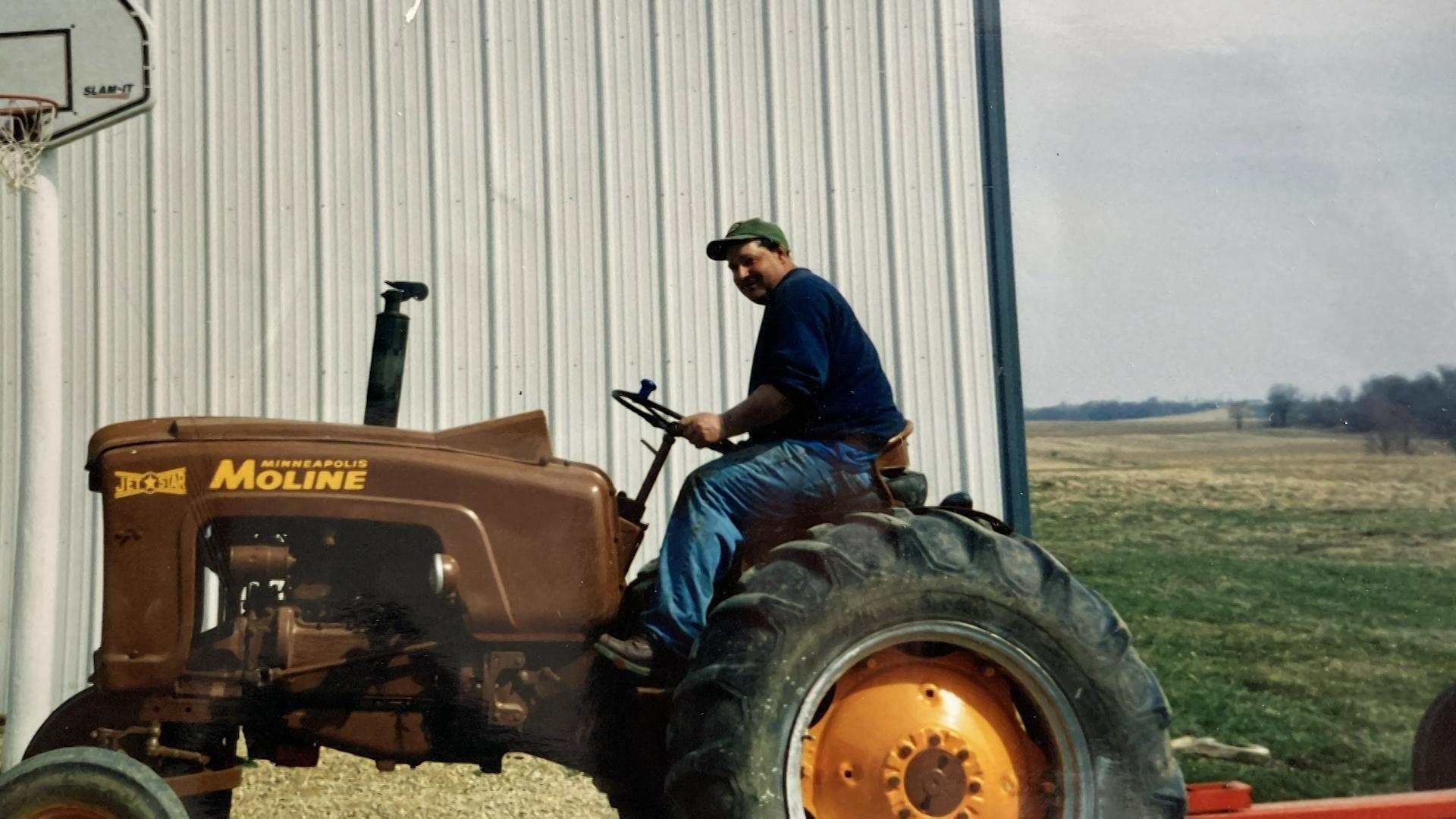
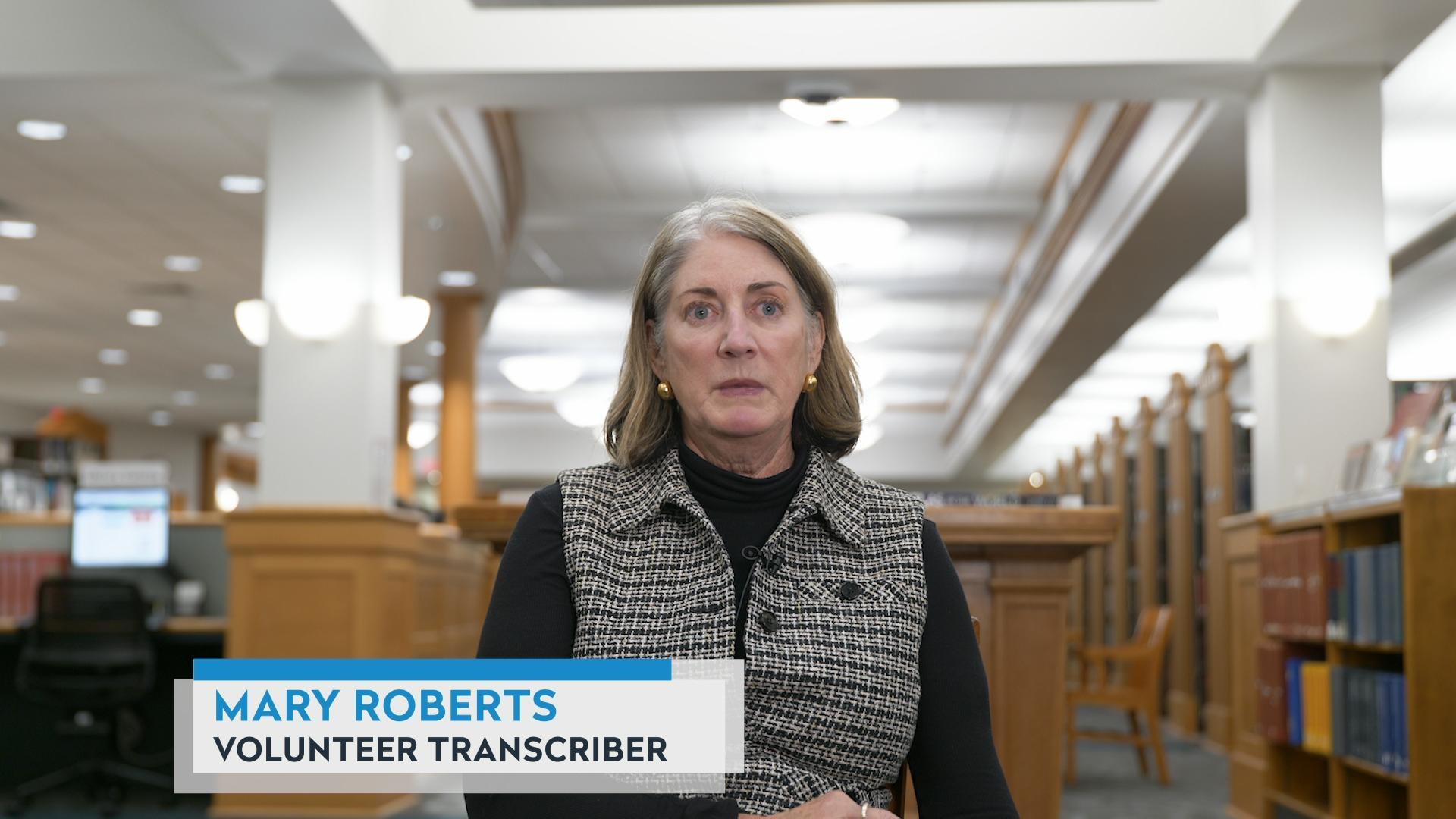


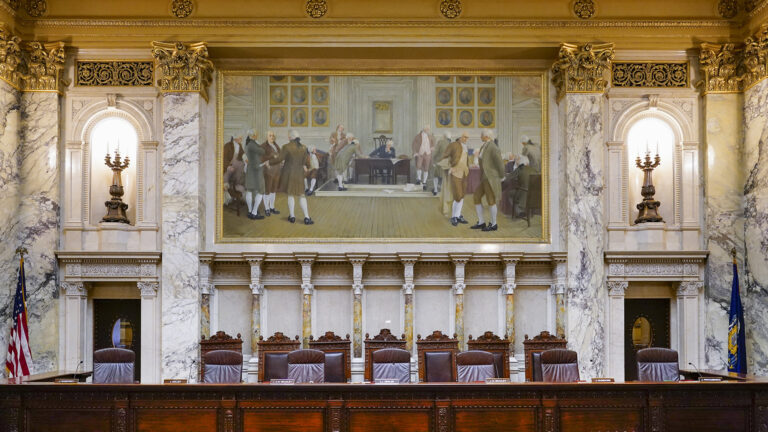
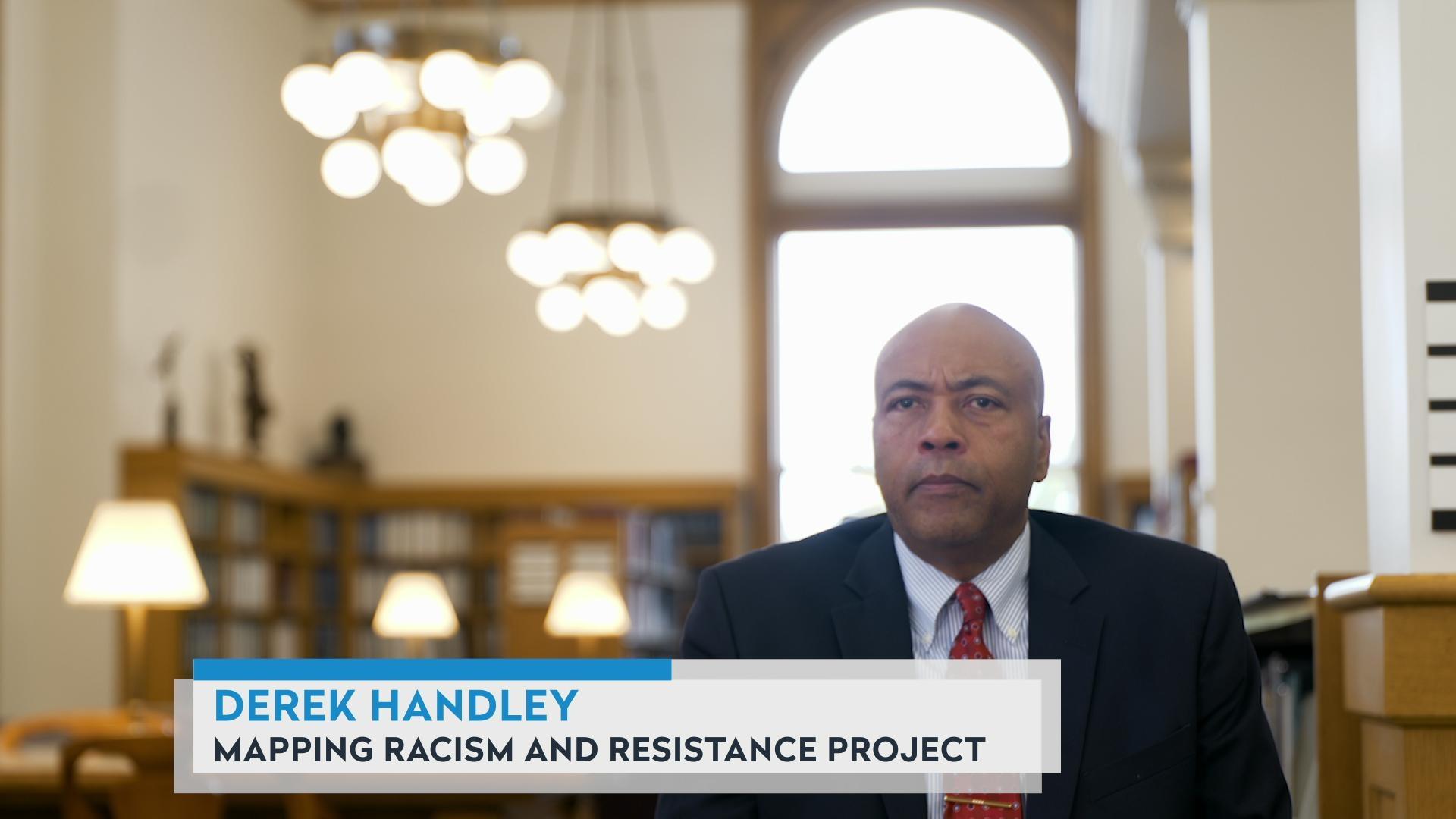


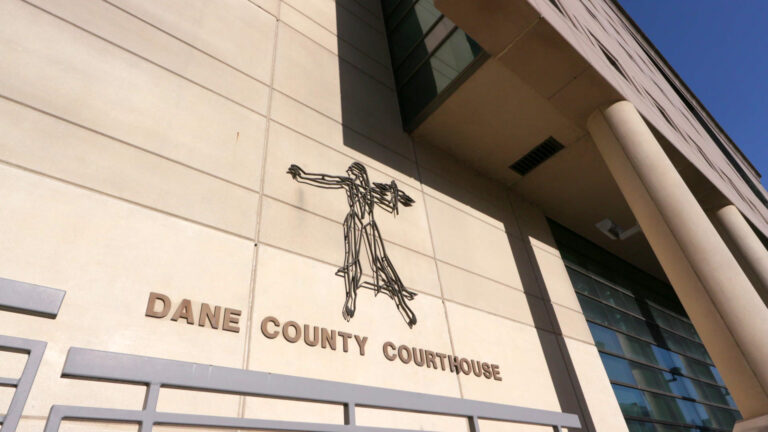

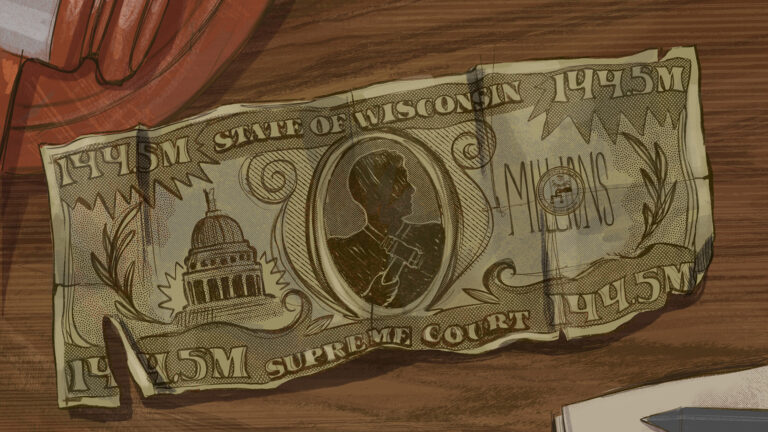


Follow Us